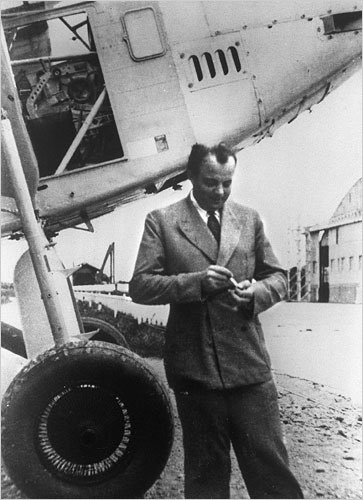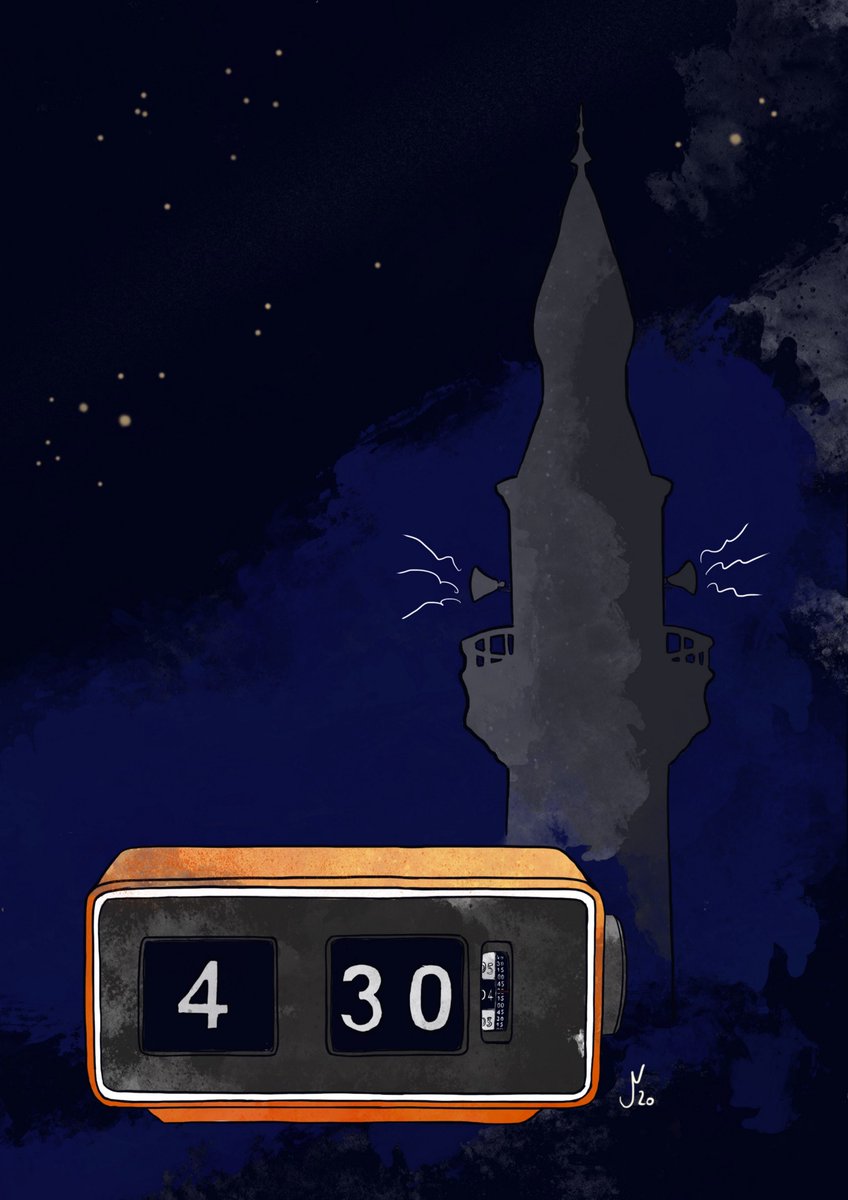
The Past and the Curious:
Studying the remains of past lives - (re-) constructing narratives of past events and people.
Who's going to claim the title of "#HistoryFirsrArchaeologist"?
Choose your player …
Studying the remains of past lives - (re-) constructing narratives of past events and people.
Who's going to claim the title of "#HistoryFirsrArchaeologist"?
Choose your player …

Is it #Khaemweset, the ancient Egyptian crown prince (1281-1225 BC) who uncovered and restored ancient monuments of past rulers and renewed their funerary cults?
https://twitter.com/jens2go/status/1484958313825591299?s=20&t=NjcV_3axrTZNAbwaEBzRuQ
Or do you choose #Nabonidus, king of Babylon (c. 609 - c. 539 BC) who excavated the foundations of ancient temples to properly rebuild them - and who tried his hands on building an archaeological chronology?
https://twitter.com/jens2go/status/1482795054850879499?s=20&t=llhpSt4f1j8tIETvQ9-SOg
While the archaeological interest of both, #Khaemweset and #Nabonidus, likely rather followed political and religious tracks, they're both attributed with a certain historical curiosity - and both have been named "#HistorysFirstArchaeologist".
So, choose your player. 😉
So, choose your player. 😉
#HistorysFirstArchaeologist: We got a winner!
#Nabonidus, King of Babylon takes the trophy home.
But #Khaemweset delivered an exciting and close run, in particular in the last quarter. So, who knows, maybe they sooner or later agree on a return match ...
#Nabonidus, King of Babylon takes the trophy home.
But #Khaemweset delivered an exciting and close run, in particular in the last quarter. So, who knows, maybe they sooner or later agree on a return match ...

• • •
Missing some Tweet in this thread? You can try to
force a refresh

















